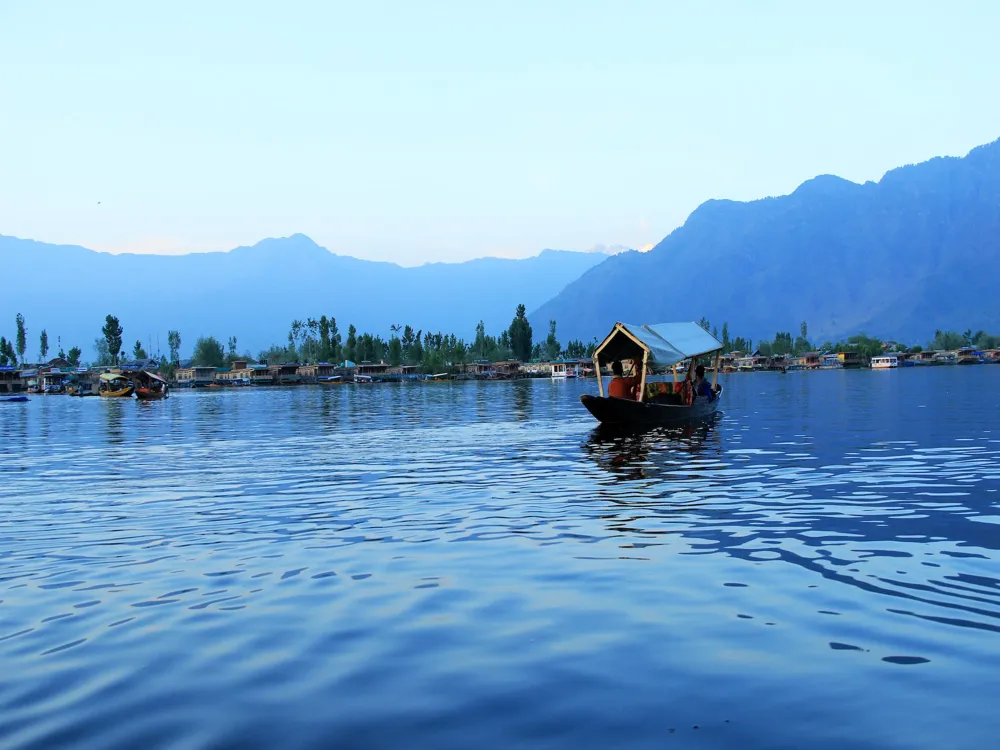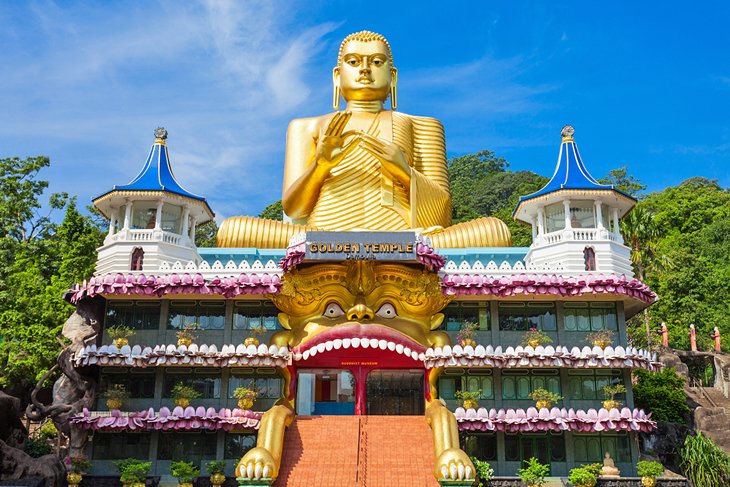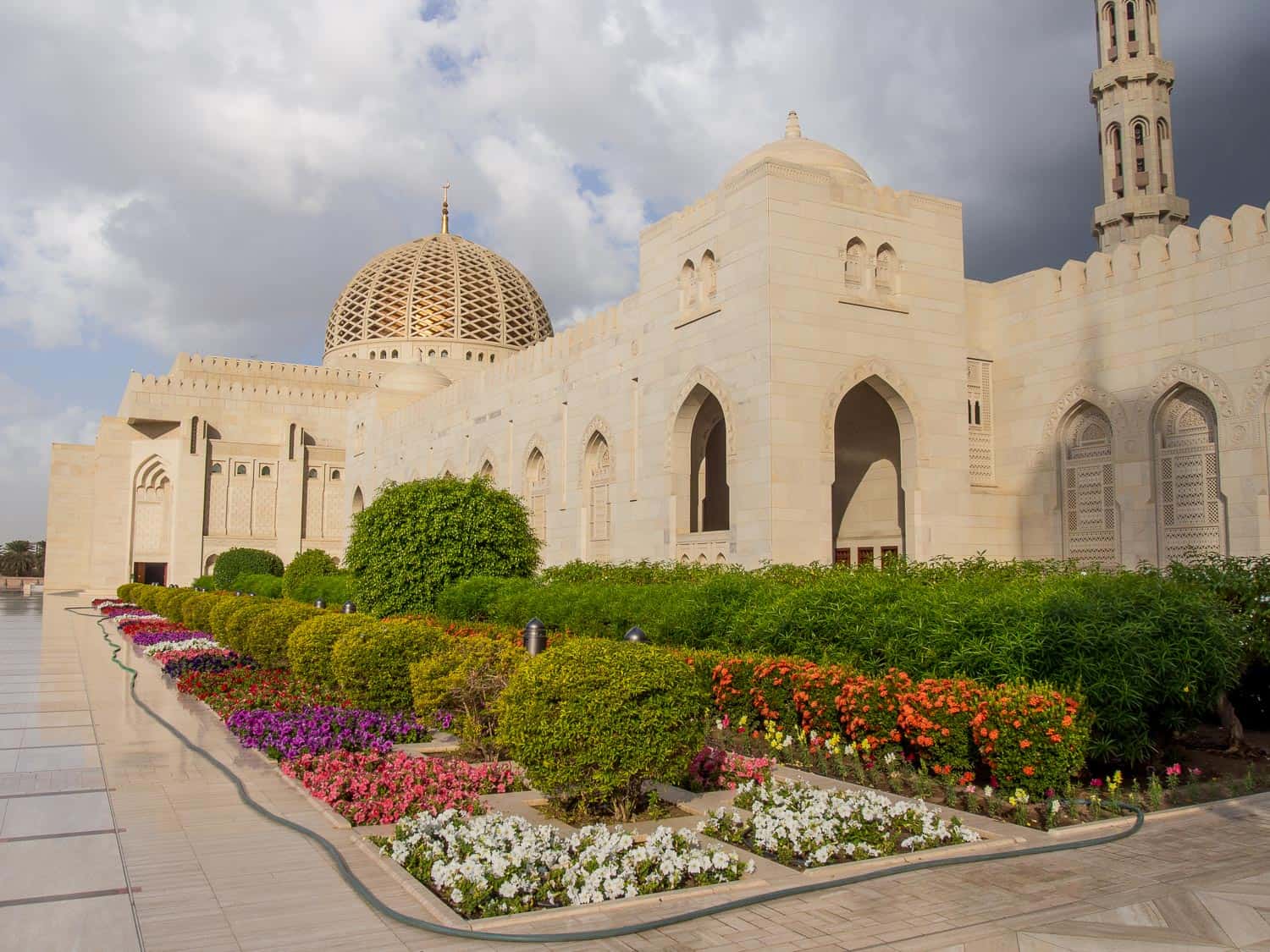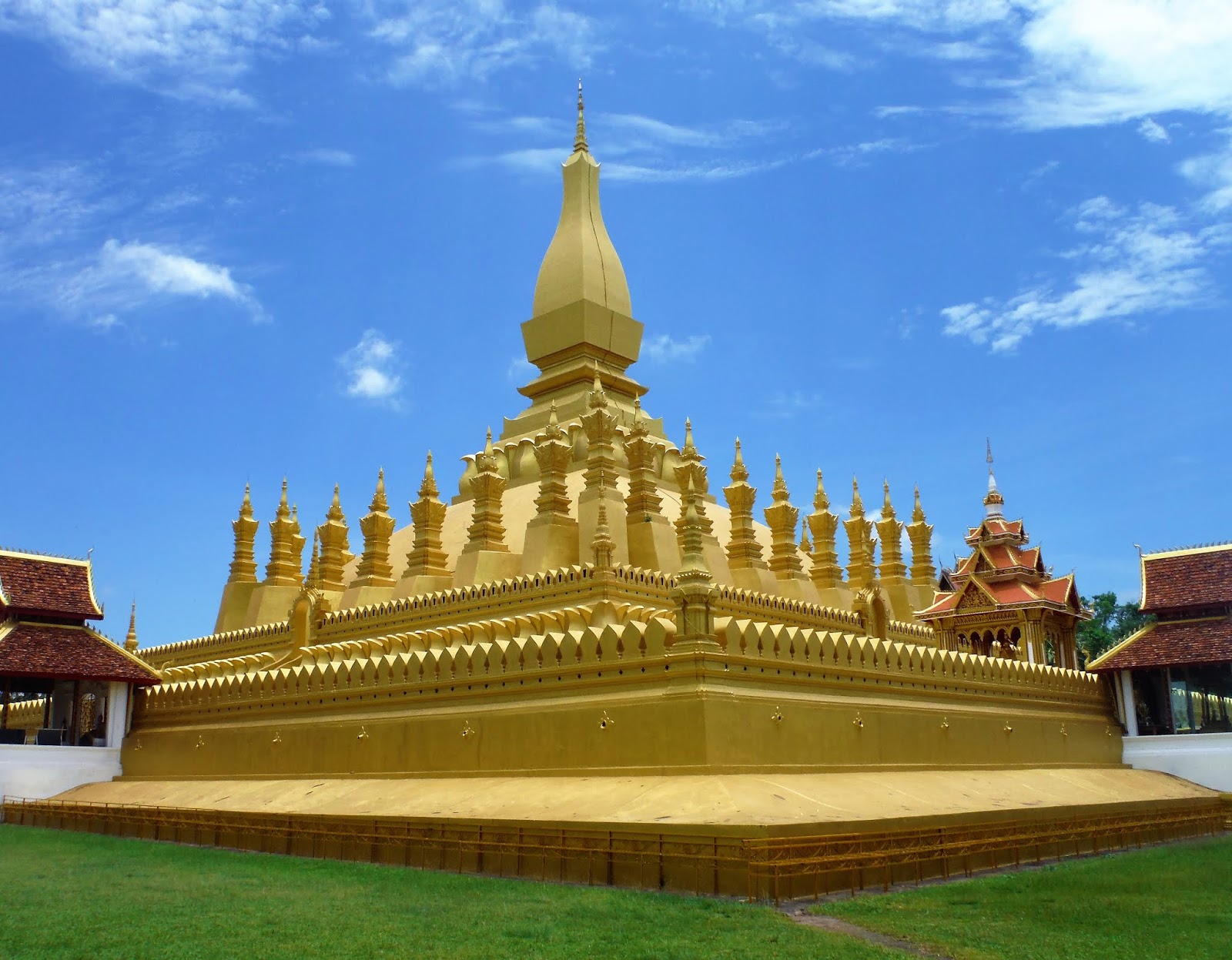What is the best time to visit India?
India, a country of diverse landscapes and cultures, offers a unique experience throughout the year. Choosing the right time to visit is crucial to ensuring a memorable trip. Let's explore the best times to immerse ourselves in the beauty of India.Winter is the ideal season to visit India (December to early March). April is when it usually becomes really hot, and most places get the summer monsoon from June to September. Nevertheless, India is a sizable nation with a variety of climate zones, offering amazing locations for year-round exploration. We've compiled a list of the ideal times to visit some of its most well-known locations.October through March is the ideal time of year to go to India because of the increased likelihood of warm, sunny, and dry weather.
The skies in the north are clear and blue at this time of year. On the other hand, the upper Himalaya may get quite cold, but the views of the mountains are clearer. December and January are considerably colder, and there may be fog. April and May can provide great bargain travel due to the rising temperatures, but be prepared for excessive humidity and thunderstorms.
The best time to visit Ladakh, which is in the extreme north, is between June and September, when the monsoon season is in effect across the rest of the nation.After the monsoon ends in November, it's the ideal time of year to travel to southern India.
More about the Best Time to Travel to India
South India is a favourite destination for Christmas travel, and December is a great time to visit because it's warm and sunny. However, booking far in advance is essential to getting the best lodging. The mornings and evenings are somewhat colder and occasionally foggy in the north, but the midday temperatures are excellent. December has some of the costliest airfares, so make your reservations as soon as possible.
When the weather is dry but not too hot, January and February are the ideal months to visit Mumbai. Although the weather is usually dry, it can be quite hot in March, April, and May. The monsoonal rains are at their worst in June, July, August, and September, but cyclones can still occur in November and December.
Travel Peak Season in India
India beckons at its vibrant best during the peak season. From October to March, the weather is pleasant, and festivals like Diwali and Holi add to the festivities. Popular destinations like the Taj Mahal and Goa are bustling with tourists, making it an ideal time for cultural exploration.
-
Winter (October to March):
- Reasons: The winter months, from October to March, constitute the peak tourist season in most parts of India. During this time, the weather is generally mild and pleasant, making it ideal for travel. Popular destinations, including the Golden Triangle (Delhi, Agra, and Jaipur), Goa, Rajasthan, and Kerala, attract a high number of domestic and international tourists. Festivals like Diwali, Navratri, and Christmas are celebrated during this period, adding to the cultural vibrancy.
-
Christmas and New Year (late December to early January):
- Reasons: The Christmas and New Year holiday season is a peak travel period in India. Many tourists, both domestic and international, choose to spend their holidays exploring various regions, enjoying festive events, and attending special celebrations.
-
Summer (April to June): Hill Stations:
- Reasons: While summer is generally considered the offseason in many parts of India due to high temperatures, hill stations such as Shimla, Manali, and Darjeeling experience increased tourism during this time. Travellers seek cooler climates in the hills to escape the heat in the plains.
Travel Offseason in India
For those seeking a quieter experience, the offseason from June to September provides solitude and reduced crowds. While the monsoon brings lush greenery, it's essential to be prepared for occasional heavy rains. Travellers can explore destinations like Kerala and Rajasthan with fewer tourists and budget-friendly options.
-
Monsoon Season (June to September):
- Reasons: The monsoon season, from June to September, is considered the offseason in many parts of India. During this period, heavy rainfall is common, and certain regions may experience flooding. Popular tourist destinations, especially those with outdoor attractions, may have reduced visitation. However, some regions, such as the southwestern state of Kerala, are known for their lush landscapes during the monsoon.
-
Summer (April to June): Plains and Desert Regions:
- Reasons: In the plains and desert regions of North India, especially in states like Rajasthan, the summer months of April to June can be very hot, with temperatures soaring to high levels. As a result, some tourists prefer to avoid these regions during this time, considering it the offseason.
-
Post-Monsoon (October):
- Reasons: While October is generally considered a favourable time for travel in India, it may be considered a transition period, and some regions may still be recovering from the monsoon season. In specific areas, tourist numbers might be lower during this time.
India Weather in Winter (November – February)
India Weather in November
November marks the onset of winter, bringing cool temperatures and clear skies. It's an excellent time to visit northern regions like Himachal Pradesh and Uttarakhand for their picturesque landscapes.
India Weather in December
December is the peak winter month, especially in the northern plains. Hill stations like Shimla and Manali offer a snowy retreat, while the southern regions remain pleasantly cool.
India Weather in January
January continues the winter charm, with snowfall in many northern areas. Southern states experience milder temperatures, making it an ideal time to explore the beaches of Goa and Kerala.
India Weather in February
February sees the end of winter, with pleasant weather across the country. It's an excellent time for cultural festivals, and wildlife enthusiasts can explore national parks comfortably.
India Weather in Summers (March to June)
India Weather in March
March marks the beginning of summer, bringing a rise in temperatures. Hill stations like Ooty and Darjeeling provide relief from the heat, and Rajasthan's deserts offer a unique experience.
India Weather in April
April intensifies the summer heat, especially in the central and northern regions. Coastal areas like Goa and Kerala remain relatively pleasant, making them desirable destinations.
India Weather in May
May is the hottest month, with temperatures soaring in the plains. Hill stations become popular escapes, and Ladakh in northern India offers a high-altitude retreat.
India Weather in June
June continues the summer heat, but the onset of the monsoon brings relief in some regions. The lush landscapes of Munnar and Coorg come alive during this time.
India Weather in Monsoon (July – October)
India Weather in July
July marks the advent of the monsoon, transforming the country into a green paradise. Kerala's backwaters and the Western Ghats offer a unique monsoon experience.
India Weather in August
August brings heavy rainfall, rejuvenating the landscapes. While travel in hilly areas should be cautious, the rain-washed cities of Jaipur and Udaipur in Rajasthan showcase a different charm.
India Weather in September
September sees a gradual reduction in rainfall, making it an excellent time to explore the cultural richness of cities like Varanasi and Jaipur.
India Weather in October
October marks the end of the monsoon, leaving behind lush landscapes. The festival season begins, and it's an ideal time to witness the grandeur of Navratri and Diwali.
Conclusion
Planning the perfect trip to India involves considering the diverse weather conditions throughout the year. Whether you seek the vibrancy of festivals, the tranquilly of the offseason, or the beauty of snow-capped mountains, India has something to offer every traveller. Understanding the best times to visit ensures an enriching and memorable experience.
Tourist Places to Visit in India
Leh Ladakh
Ladakh is a union territory in the Kashmir region of India. Formerly falling in the state of Jammu & Kashmir, Ladakh was administered a union territory on 31st October 2019. Extending from the Siachen Glacier to the main Great Himalayas, Ladakh is a land like no other. Dominated by dramatic land...
Srinagar
Famously known as 'Heaven on Earth, Srinagar is located in the union territory of Jammu & Kashmir, on the banks of river Jhelum. Srinagar is known for the stationary houseboats and gondola-type rowboats- Shikaras on Dal Lake. Adorned with tranquil Dal Lake & Nigeen Lake, Srinagar i...
Manali
With spectacular valleys, breathtaking views, snowcapped mountains, and lush forests of oak, deodar, and pine, Manali is a magical hill station at the northern end of Kullu valley in Himachal Pradesh. Gifted to the world by the mighty Himalayas, it is known to be one of the most popular destinations...
Coorg
Located amidst imposing mountains in Karnataka with a perpetually misty landscape, Coorg is a popular coffee producing hill station. It is popular for its beautiful green hills and the streams cutting right through them. It also stands as a popular destination because of its culture and people....
Andaman
Replete with turquoise blue water beaches and a bit of history, Andaman & Nicobar Islands is a little slice of paradise tucked around 1,400 km away from the east coast of mainland India. Port Blair, the capital of this union territory, has a major airport and seaport connected with the rest of t...
Udaipur
Udaipur, the "City of Lakes," stands as a jewel in the crown of Rajasthan, India. Nestled amidst the Aravalli Range, this city captivates visitors with its regal charm, historic grandeur, and scenic landscapes. Located around stunning water lakes and enveloped by the Aravalli Hills in all direc...
All Places to Visit In India
Faq
What is the best time to visit India for a cultural experience?
The period from October to March is ideal, offering pleasant weather and vibrant festivals.
Are there budget-friendly options during the offseason?
Yes, the offseason from June to September provides reduced crowds and budget-friendly choices.
Can I experience snow in India?
Yes, winter months from November to February offer snowy landscapes in northern regions.
How should I prepare for the monsoon season?
Be prepared for occasional heavy rains, especially if traveling from July to October.
Are there any unique experiences during the summer months?
Yes, Ladakh in northern India offers a high-altitude retreat during the summer.


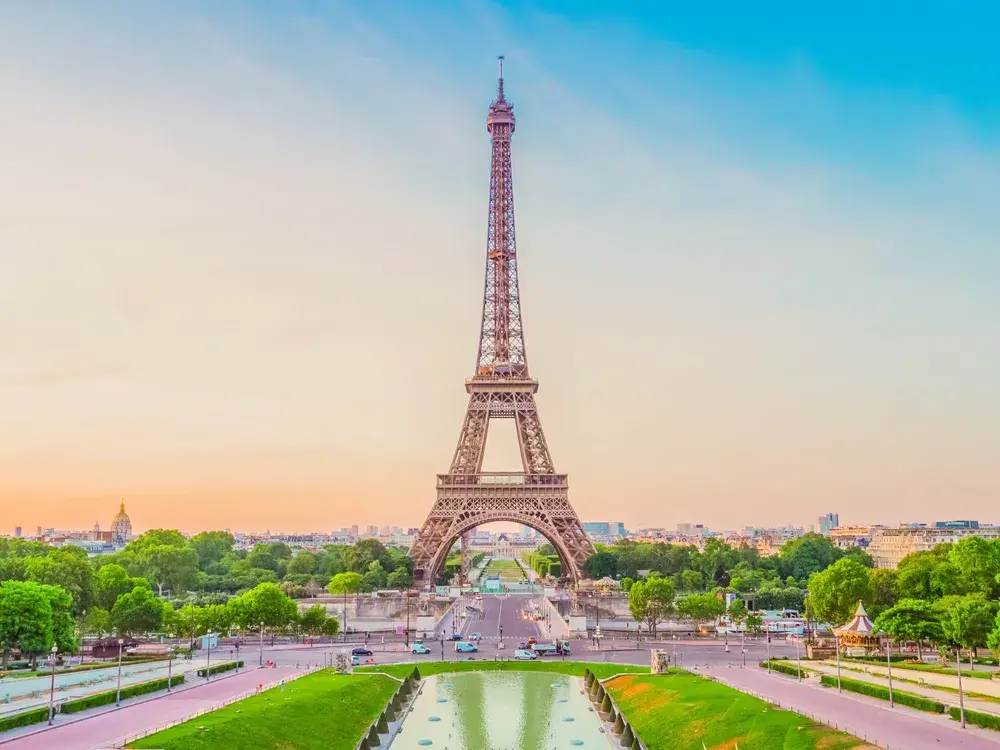
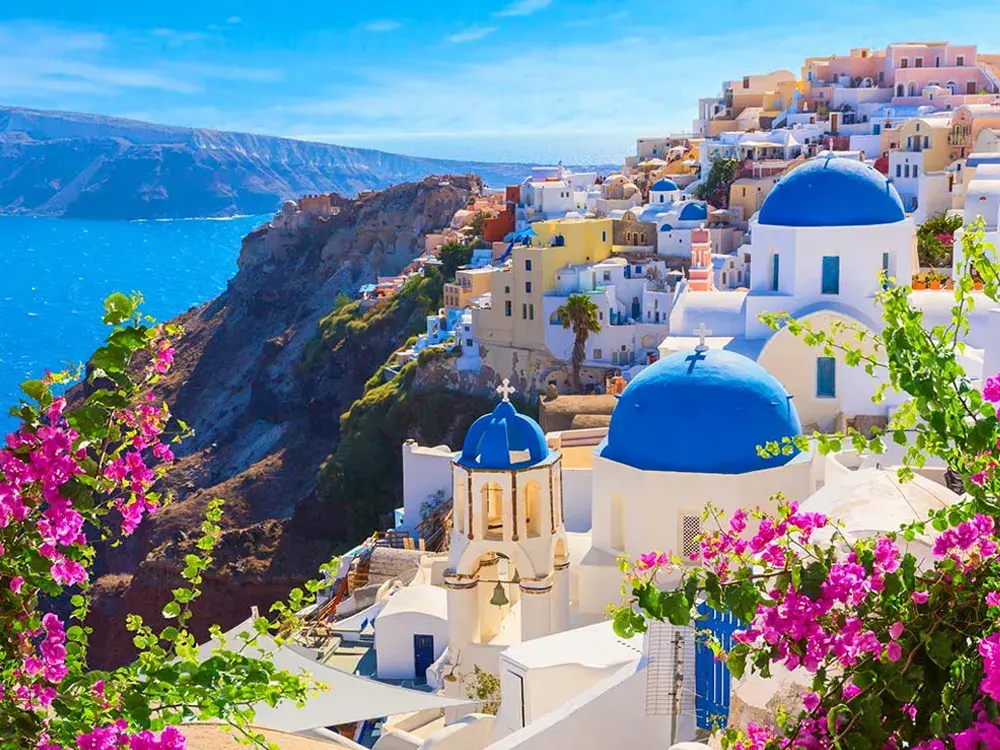
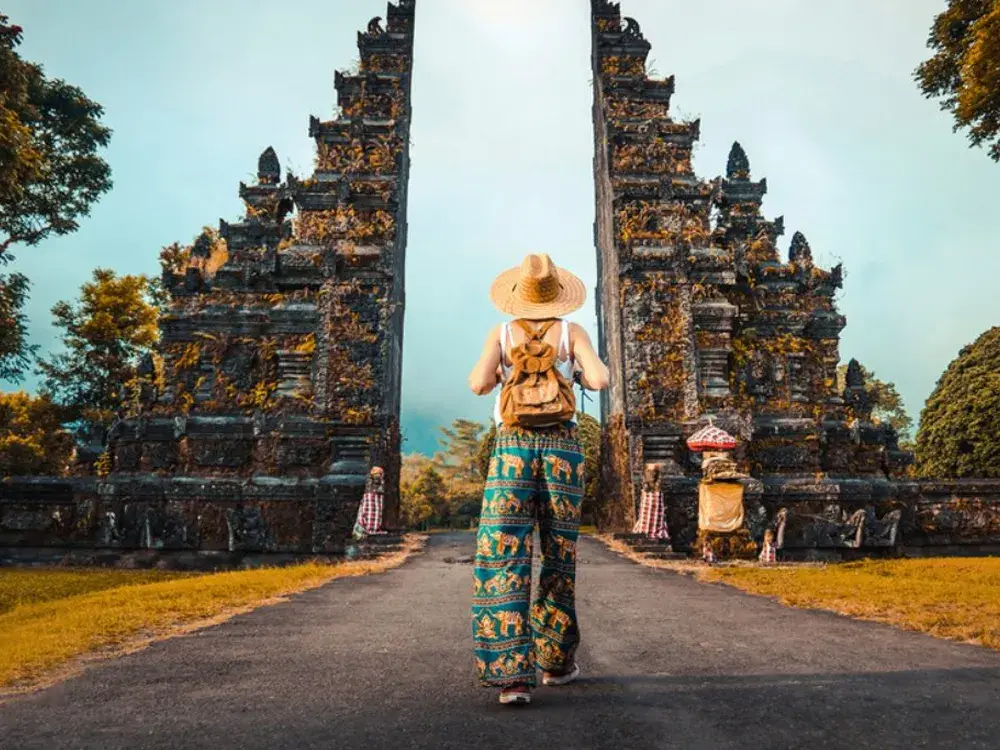
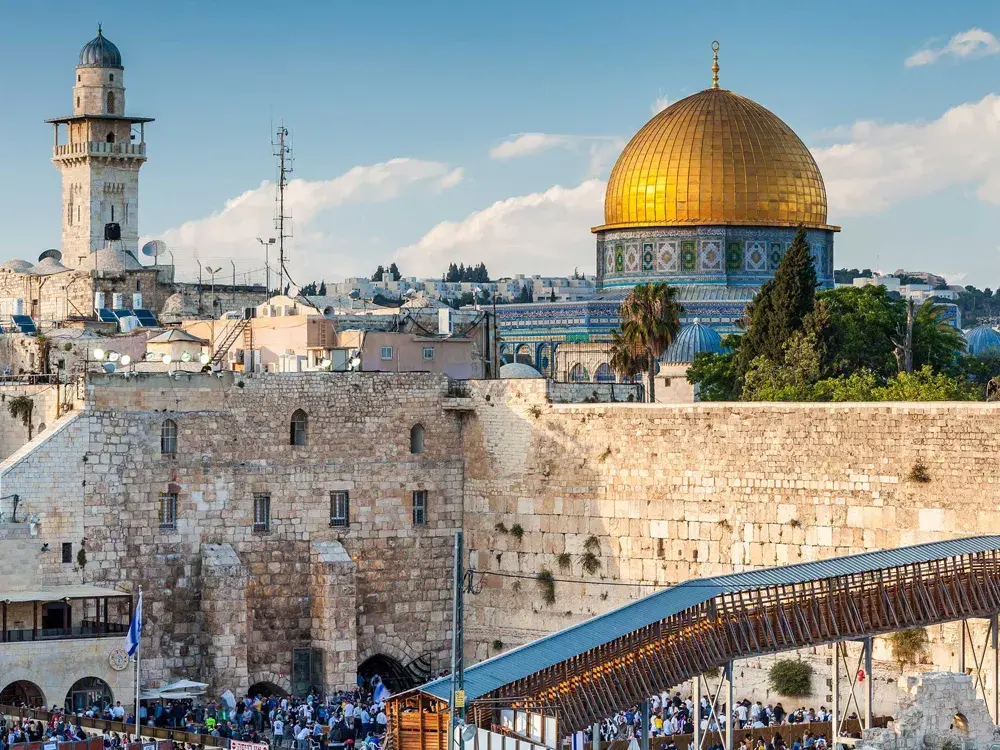
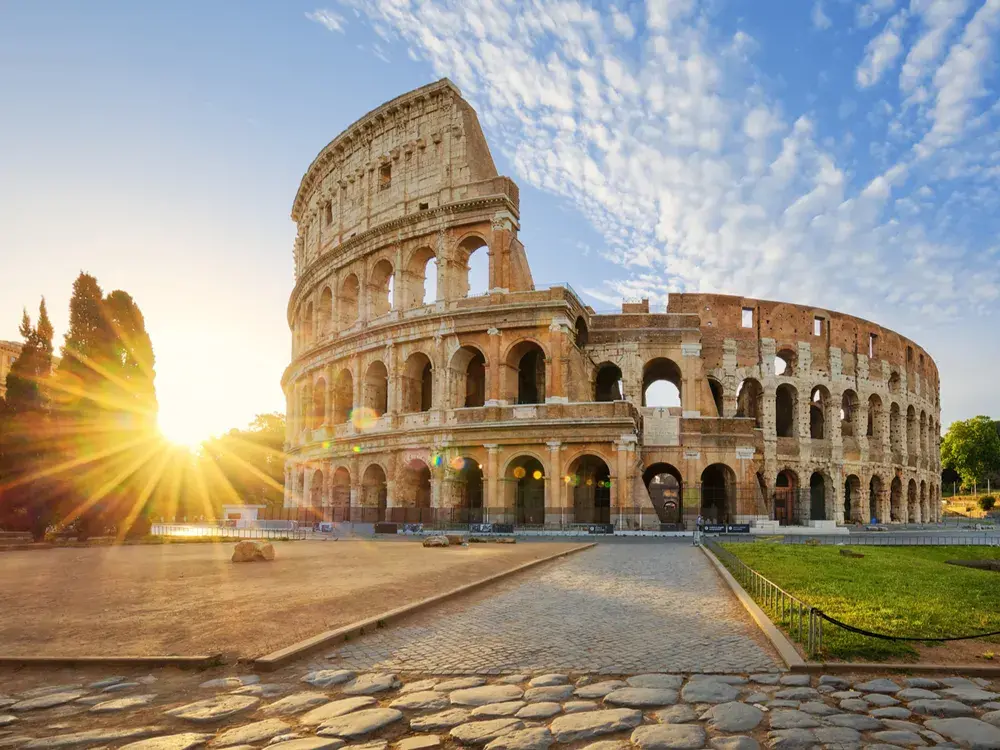
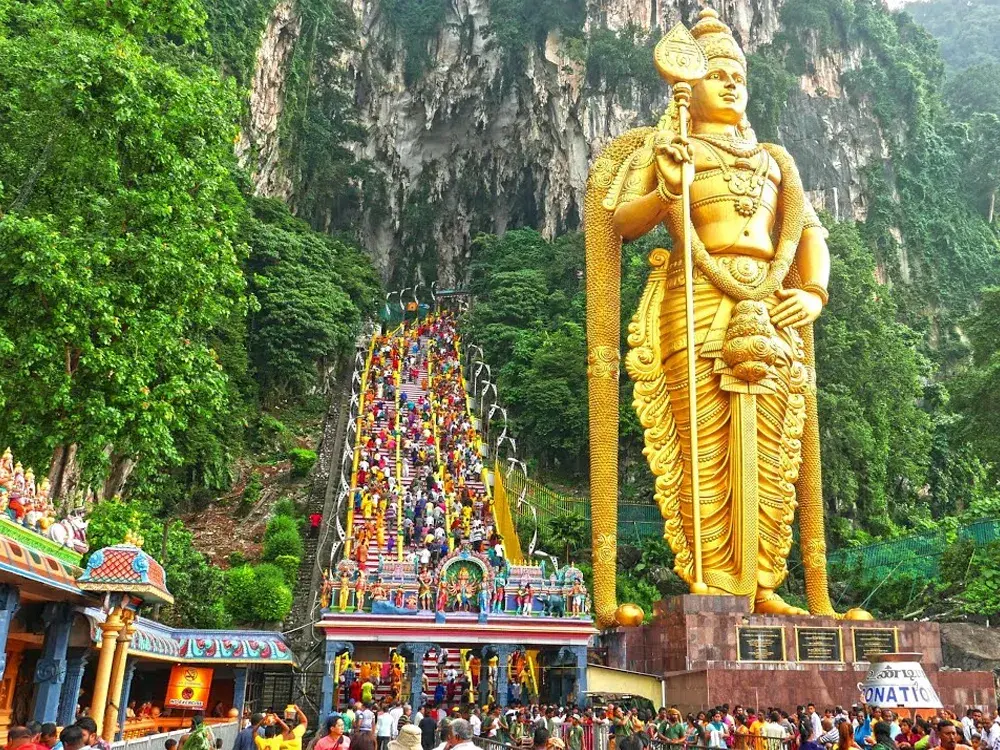
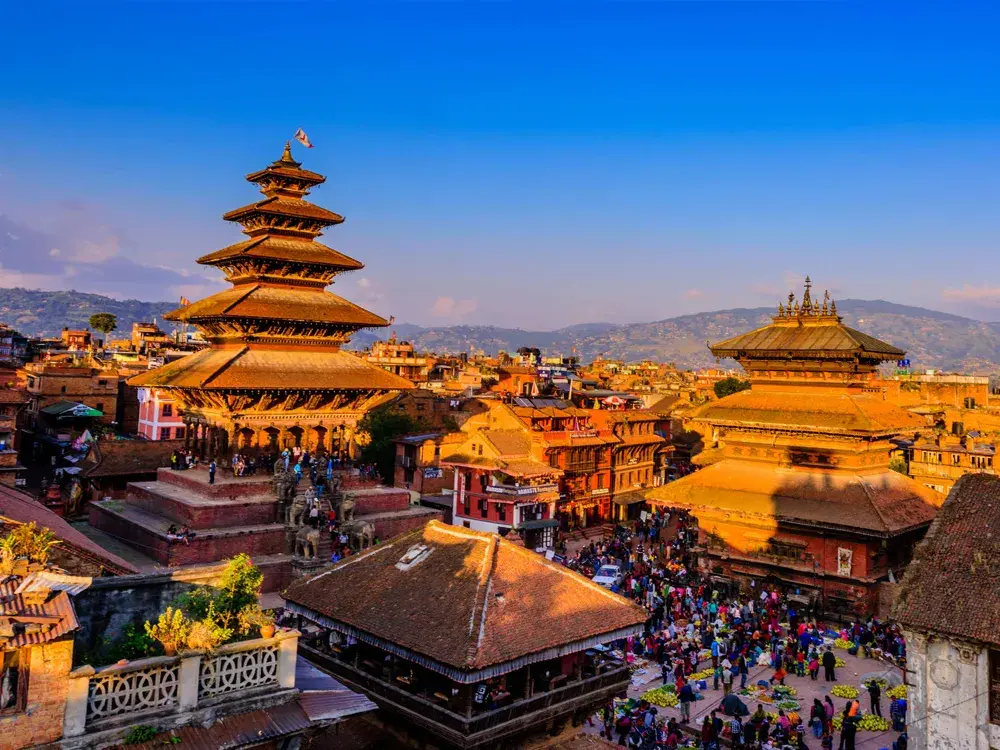
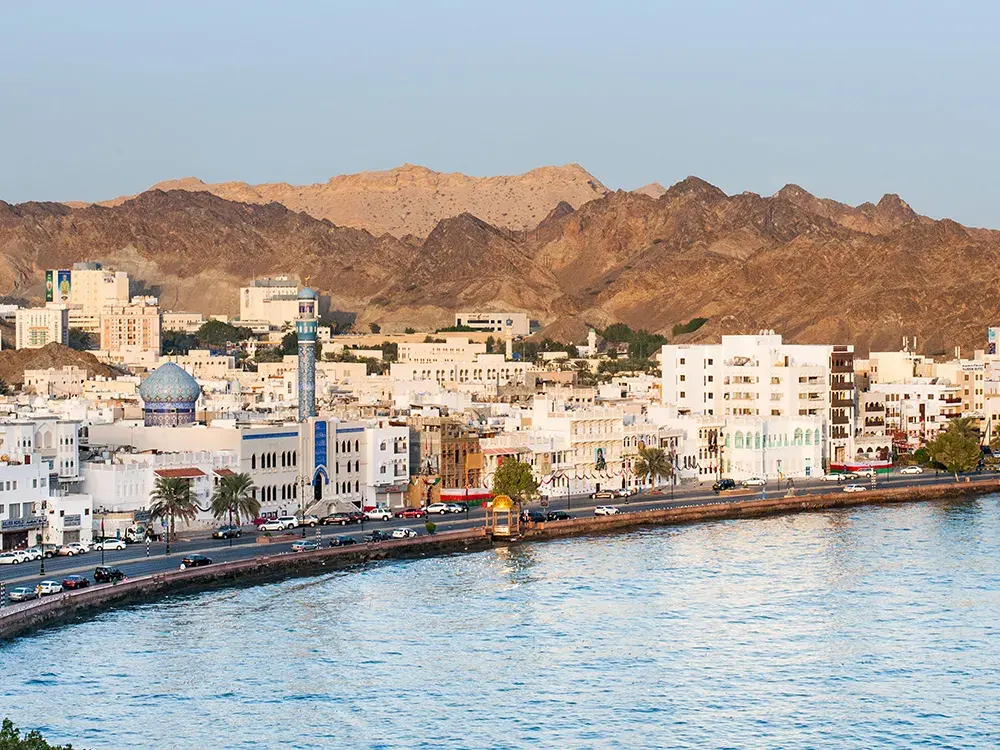
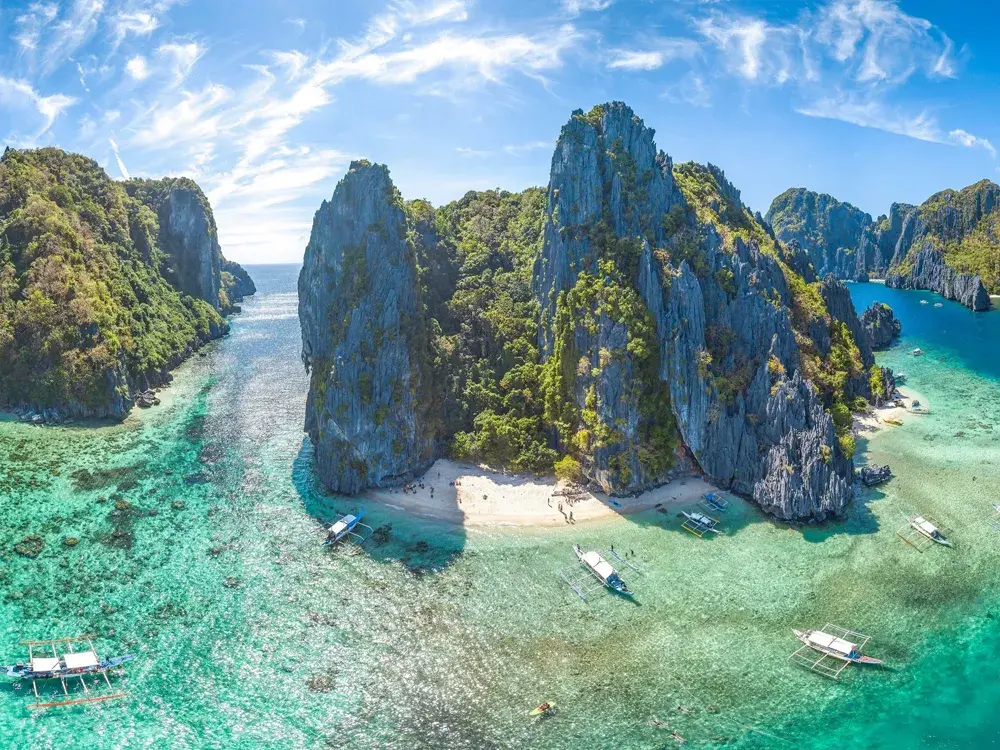
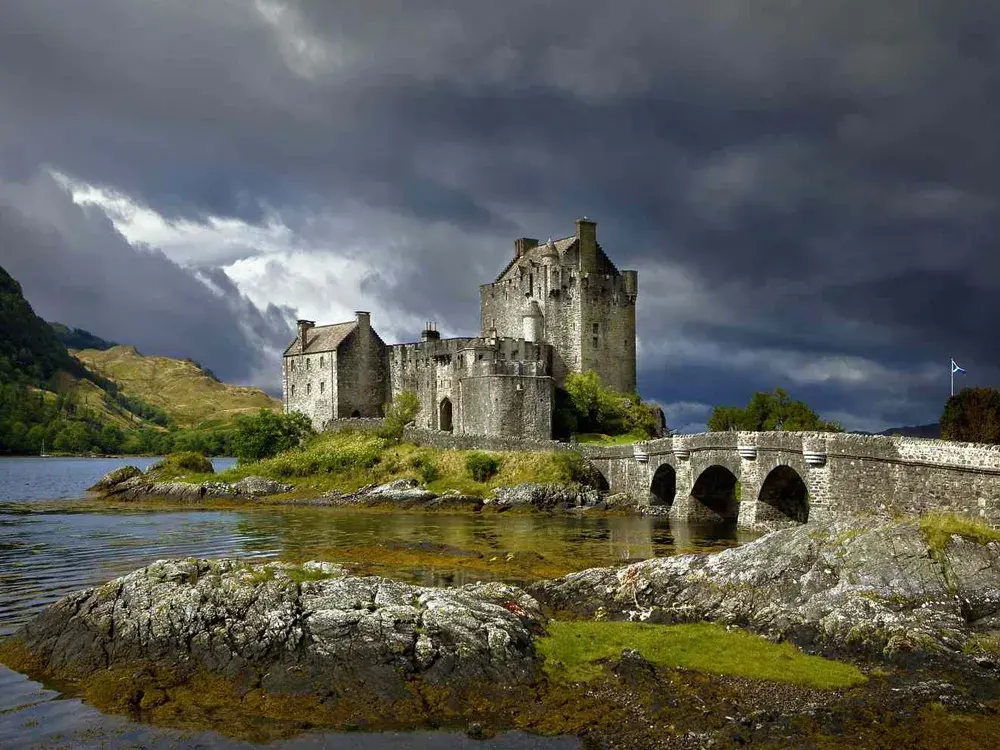
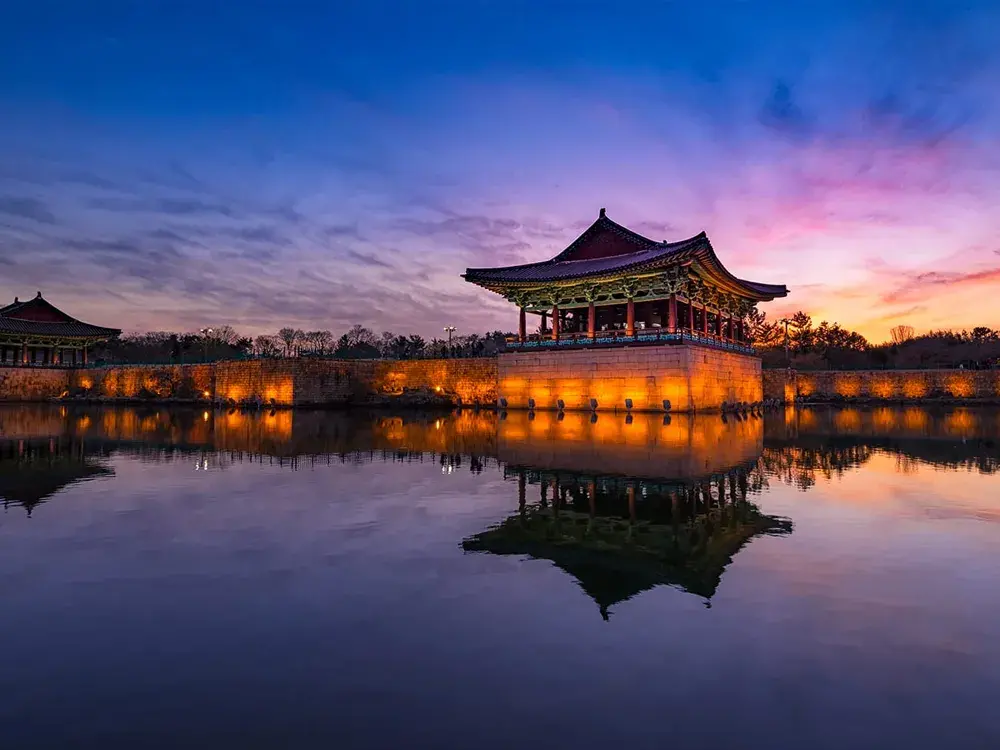
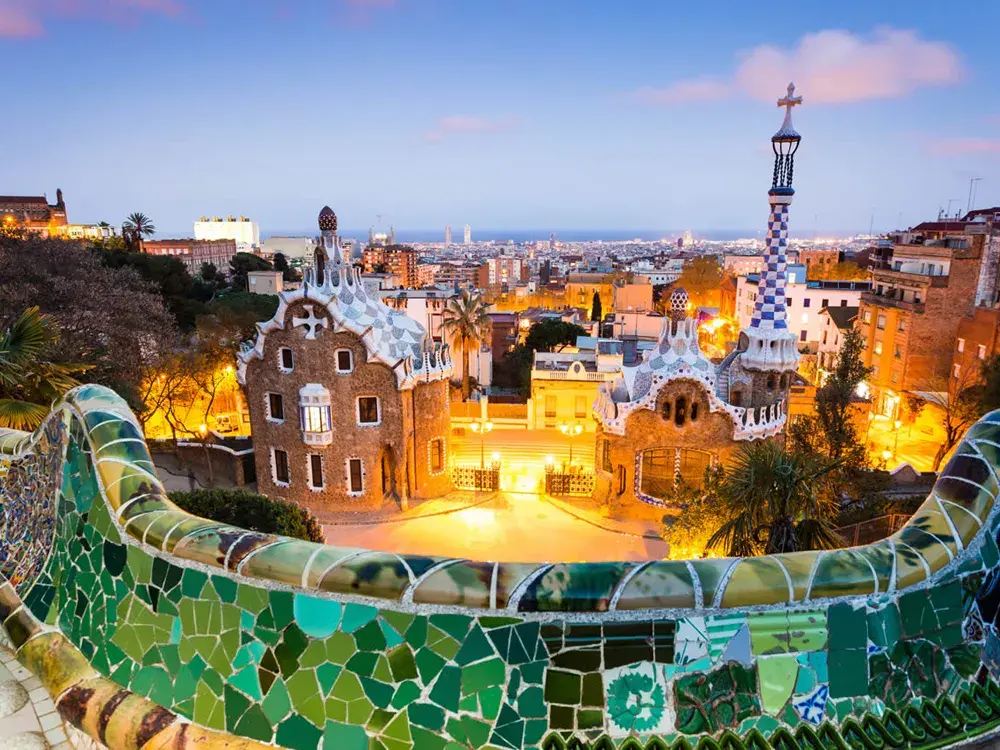
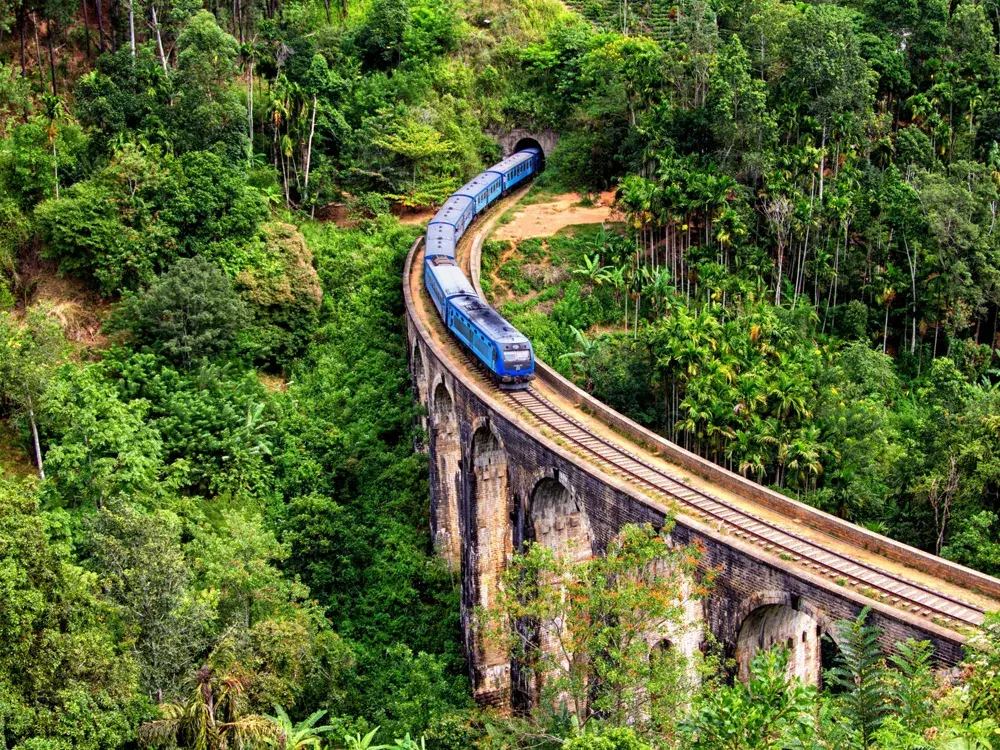
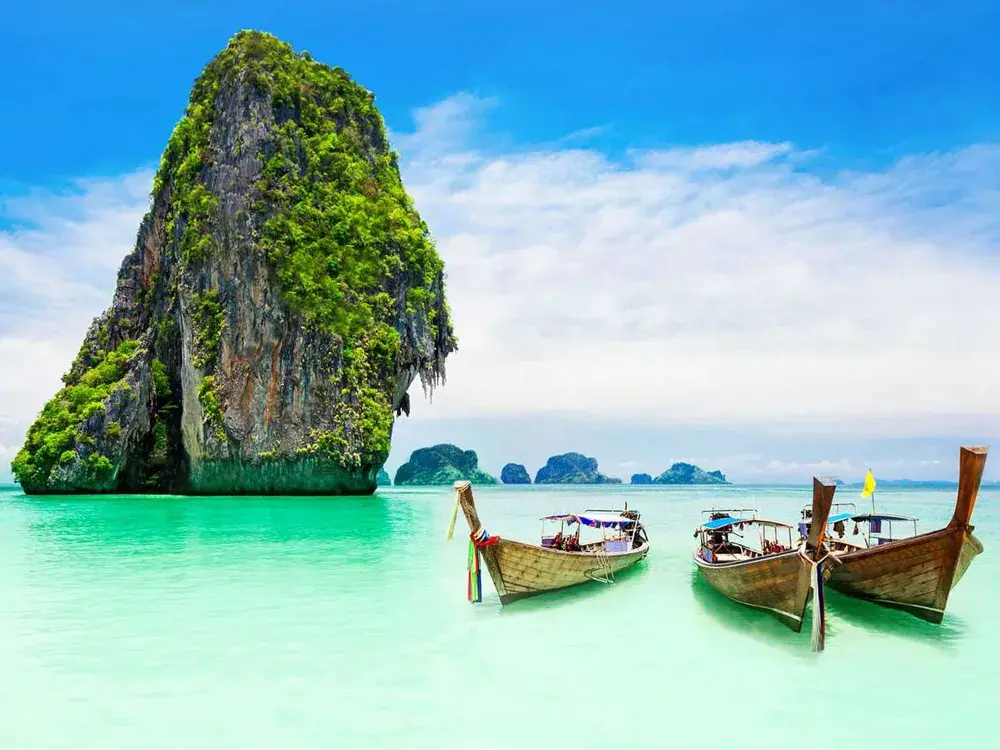
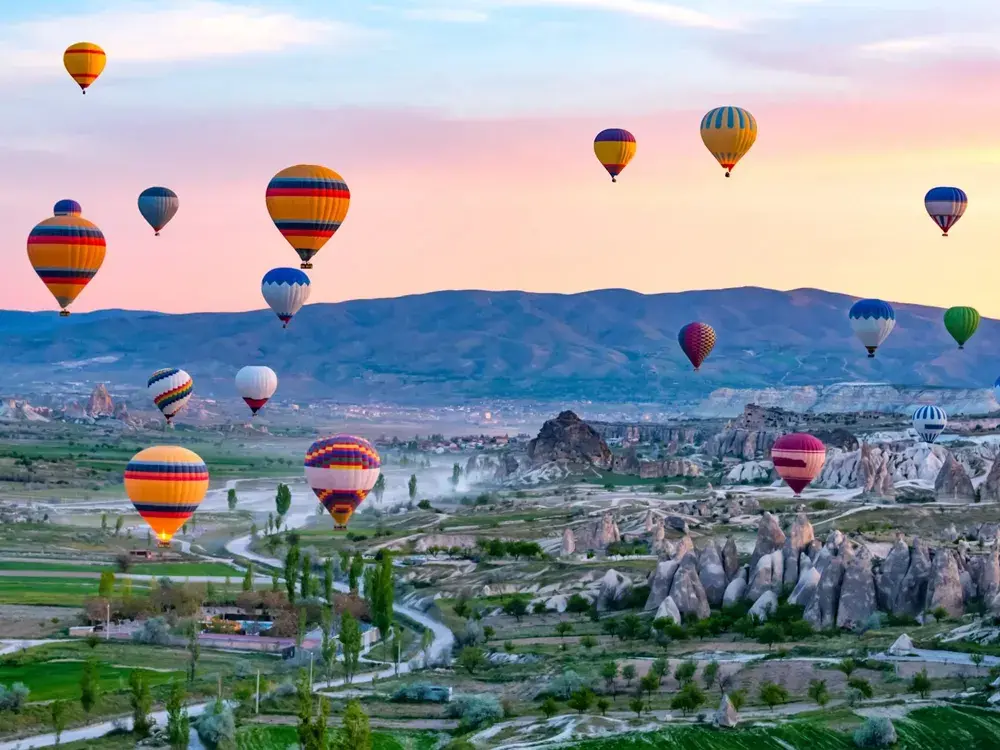
.webp)





